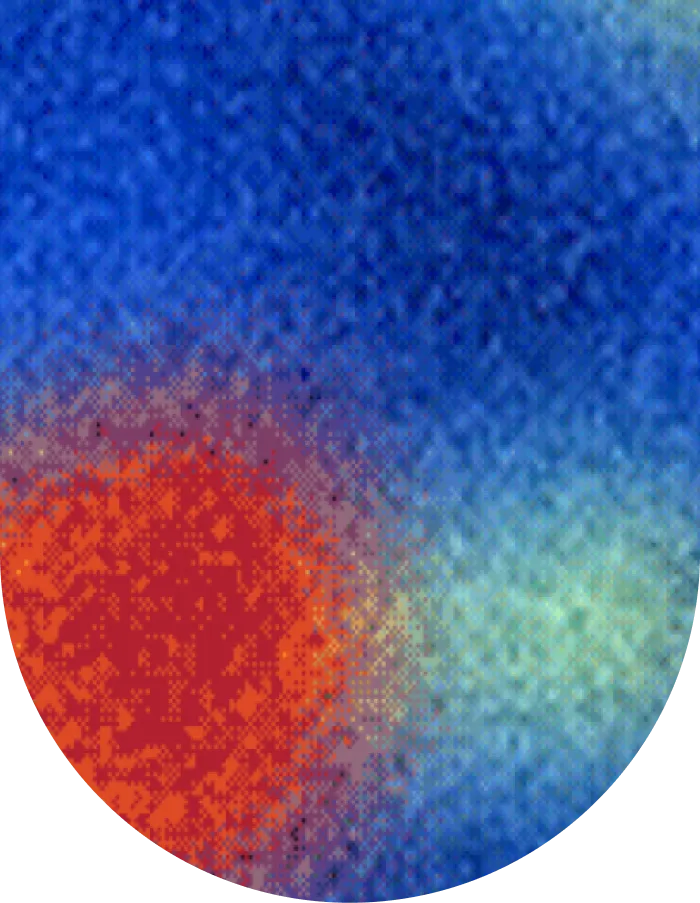Artificial intelligence: a radiologist’s virtual consultant


A radiologist is not someone who typically comes to mind when people think of a doctor. Radiologists most often diagnose and treat patients through the help of medical images, such as x-rays, computed tomography (CT), and ultrasound.
Dr. Michael Larson, a radiology resident at the Banner University Medical Center Medical Imaging Department in Arizona, enjoys his job because it is like “being a medical Sherlock Holmes.” Radiologists observe details and patterns that help them form a coherent story about a patient, sometimes from a single image. They are often unseen leaders, piecing through puzzles they are trusted to figure out.
As technology advances, healthcare is relying more heavily on imaging data. Radiologists are being called to action as imaging volume increases. Unfortunately, this heightened workload removes them from their detective work, replacing the feeling of passion with that of exhaustion. In the annual Medscape National Physician Burnout and Suicide Report of this year, 46% of radiologists surveyed reported feelings of long-term, unresolvable job-related stress. Pressured turnaround time, increased imaging volumes, decreased reimbursements, and threatened livelihood are all consequences of a rapidly changing medical field. These stressors make it difficult for radiologists to provide adequate care to all patients, the ultimate reward of the profession.
Artificial intelligence (AI) has potential to provide relief from these pain points. While working as a companion to radiologists, AI can help prioritize cases and automate repetitive tasks. Currently, it is very difficult to make a generalized algorithm; they are only trained to do one thing, such as identify tumors in the liver on a CT scan or detect a collapsed lung on a chest x-ray. The broad expertise of a radiologist can provide checks on the algorithm and context to its findings.
Radiological images often contain much more minable information than radiologists can detect with their own eyes. Luckily, machines process massive amounts of data and can perform analytical tasks that are beyond human capabilities. In the radiology space, AI can use this analytical prowess to automate repetitive tasks, measure image elements, add data to the report, and preprocess images to highlight components. If AI contributes to these routine tasks, it will free up time for radiologists to spend on higher level diagnostics and human interaction.
Time is one of the most important life-saving factors in medicine. AI can help save radiologists’ time by highlighting urgent patient cases that need immediate attention. Aidoc, a company that specializes in the development of AI solutions for cancer cases, can preprocess radiological scans to identify abnormalities that radiologists often miss.
At the Brazillian healthcare institution Grupo Fleury, Dr. Gustavo Meirelles was able to prioritize a patient for immediate treatment because Aidoc flagged an unseen pulmonary embolism, a life-threatening blood clot, in a contrast-enhanced chest CT. The medical team was able to catch something that may have gone undiagnosed because of the help from AI.
Missed diagnoses are a concern in all medical fields, but are especially present in radiology. Radiologists cast a wide safety net for themselves by increasing patient follow-ups and examining precautionary tissue samples. These safeguards may result in increased cost to the patient and wasted time for everyone involved.
In a study conducted by five Korean academic hospitals and a medical AI company called Lunit, the use of AI significantly improved the ability of radiologists to diagnose breast cancer. When examining mammogram images in the study, radiologists correctly identified cancer 75.3 percent of the time, while AI-aided radiologists correctly identified cancer 84.8 percent of the time. The 9.5 percent increase in true cancer detection resulted because the algorithm identified cancers that the radiologists had missed. With the companionship of AI, radiologists can better treat patients by reducing the number of extra tests and enhancing trust in the diagnosis.
Despite technological advancements, there exists a disconnect between the way computers and humans think; it is hard to deduce how algorithms are making decisions. When a research group was testing an algorithm built by Stanford University, they discovered that the algorithm was considering every element of the scan, including diagnostically irrelevant header information.
Through pattern recognition, the algorithm began boosting the pneumonia detection score when a portable x-ray machine was used. Radiologists use a portable x-ray machine when patients are lying sick in hospital beds. A portable x-ray machine is thus more likely to scan patients with pneumonia than a traditional machine. The algorithm noticed this disparity and started taking shortcuts based on probability instead of actually identifying signs of lung disease. If professionals work alongside the algorithm, disease detection will improve while pitfalls such as this can be avoided.
Combining AI’s specialization with radiologists’ myriad of knowledge will lead to better patient outcomes and more passionate radiologists. Algorithms can increase efficiency in radiology by flagging high priority images and assisting in routine tasks. Having a virtual consultant to work alongside may enhance the detective work of each Sherlock Holmes radiologist.
Segmed is passionate about providing patients with a better standard of care, which is why we are working diligently to provide training, testing, and validation data to companies developing these algorithms. In the near future, it is likely that highly skilled radiologists who work closely with technology will be in high demand.

